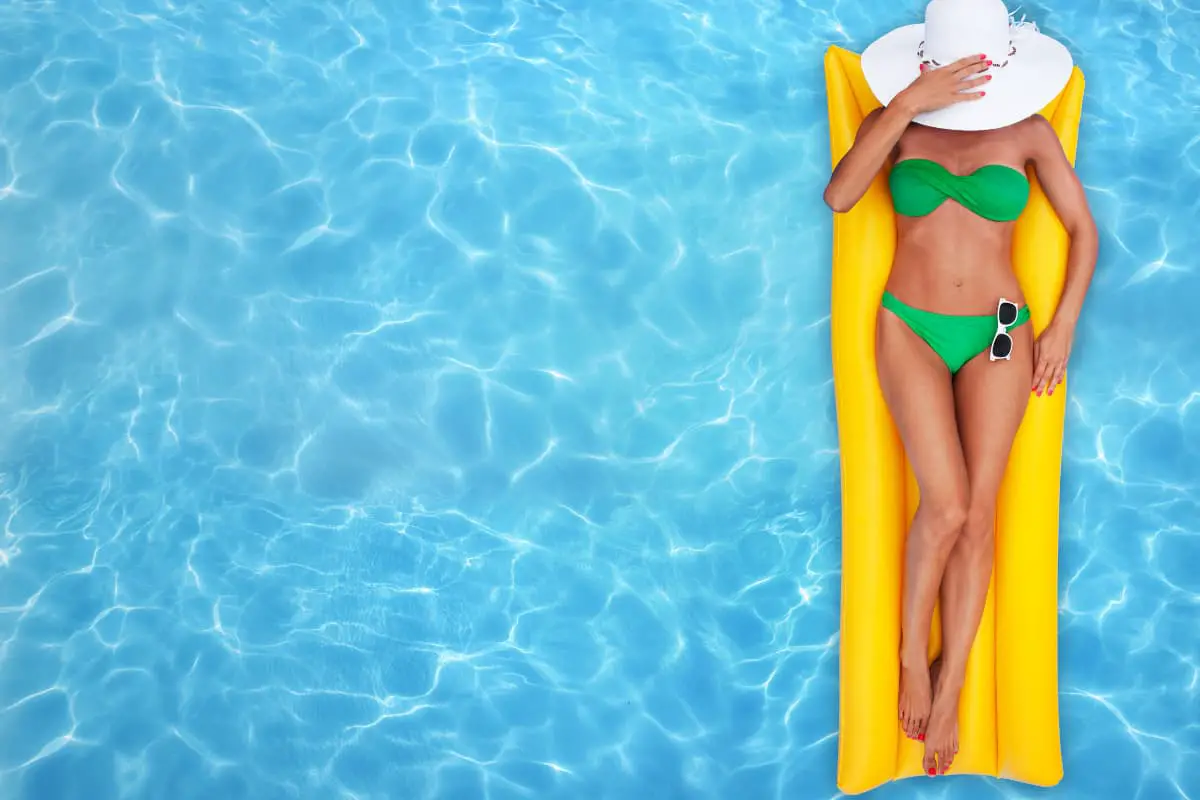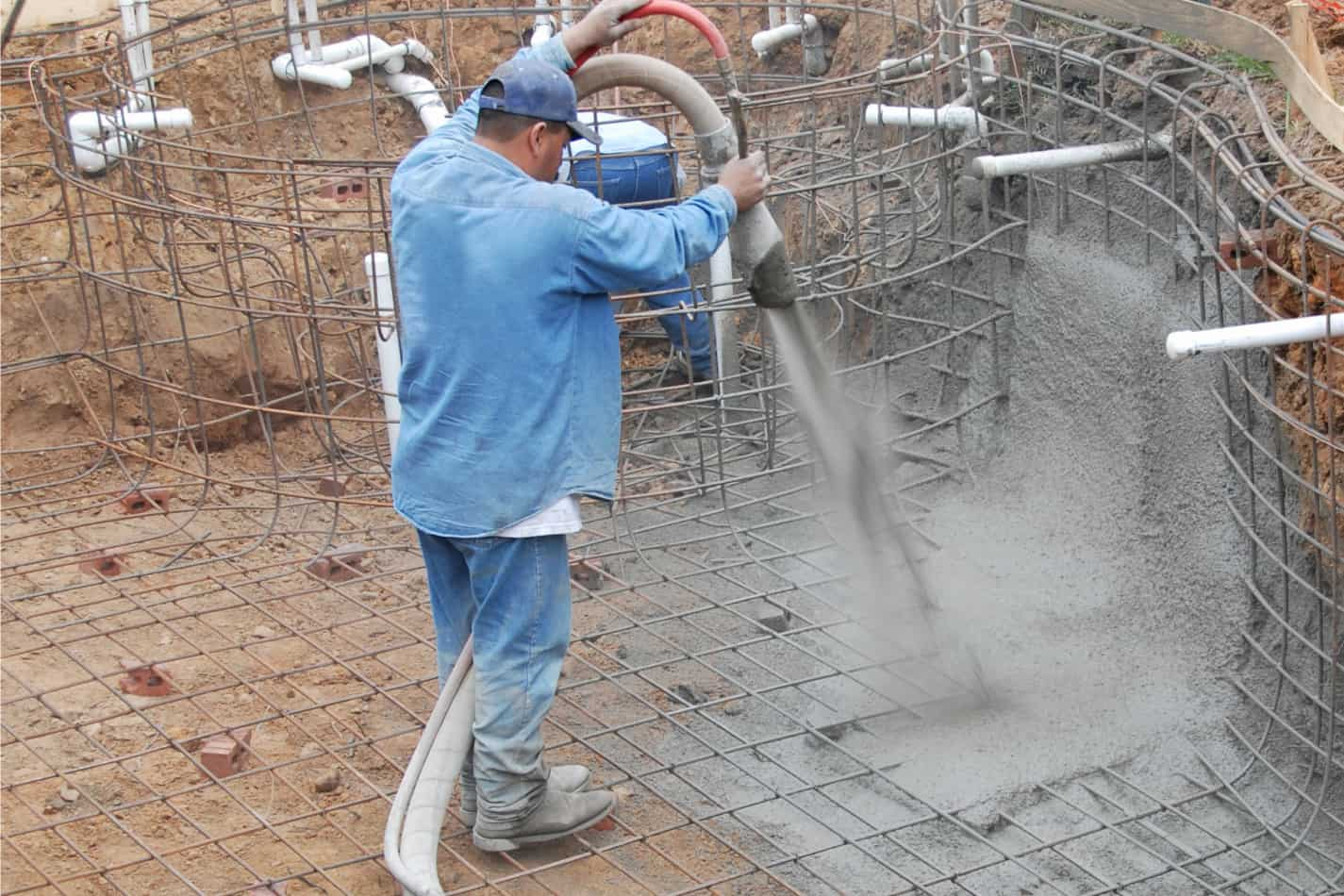Deflategate: Why Inflatable Pools Lose Air and What to Do
As an Amazon Associate I earn from qualifying purchases.
Every house owner is looking for ways of transforming their backyards into a beautiful relaxation arena. If you are in such a category, there is a plethora of finishing ideas (flower beds, playgrounds) that you can explore. But have you ever thought of inflatable pools?
Inflatable pools are a quick and easy method to transform any backyard into a soothing vacation from reality and enjoy the world’s fun at a lesser cost.
Despite the worlds of fun available for a fraction of the price of an in-ground pool, many users get disillusioned when their calm pool day is disrupted by a pool that begins to sag visibly.
What is causing your inflatable pool to deflate, and what can you do to prevent it? You will need to search no further if recently you are experiencing your pool deflate and you have been wondering what is happening and what to do about it. Keep reading to get solutions that work.
Immediately after the installation of your inflatable pool, you can start experiencing loose air. This is not uncommon and many reasons account for this situation including but not limited to fluctuations in air temperature or a small hole in the pool’s walls.
Although these are the two most common reasons for pool deflation, this situation could be caused by a variety of other issues.
Learn How to Manage Your Pool and Hot Tub
Frustrated trying to keep your pool clear? Feeling confused about when to add the right chemicals? Get the perfect easy-to-use, illustrated ebook and video course today!
Why is my inflatable pool losing air?
An inflatable pool could be deflating for a variety of reasons. In most situations, the cause is straightforward (easily figured out), and the problem can be solved without the need for a professional. But in some, it will take only the expertise of a professional to discover and get it fixed.
The following breakdown examines all possible causes of an inflatable pool deflating and offers suggestions on how to fix the problem. To ease reading, each problem is closely followed by its remedy.
Problem 1: Changes in environmental temperature.
A change in environmental temperature is the most evident cause of an inflatable pool deflating. Warm air is introduced when the inflatable pool is filled.
When the pool is filled with water, however, the air molecules slow down and grow denser as the air cools. In reality, the pool loses about 1 PSI of air pressure for every 10-degree change in air temperature.
The deflation can be evident because a pool full of water has a substantial chilling effect on air molecules.
Solution
After the pool has been filled with water, it is a good idea to add some air to it as a remedy. This will help to compensate for the inevitable shrinking.
Moreover, if the pool has been left inflated overnight, make sure you top it up before using it the next day, as the cooler evening temperature will cause some deflation.
Problem 2: Walls with a Leak.
A hole in the pool can generate an air leak, which will cause the pool to lose air. While there are several available solutions to repair a leaky pool in a matter of minutes, just like in any other situation, the trick lies in locating the hole.
Solution
The solution here begins with identifying the hole. Here is how to figure out where the leak is coming from:
First of all, you will need dish soap and water to make a soapy combination. In a bucket, combine five tablespoons of dish soap with 20 ounces of water and thoroughly spread the soapy mixture over the entire pool’s surface. The soapy solution will begin to bubble over any leaky spot.
Make a note of the location. Mark the leaking location with a permanent marker or any other ink so you will still be able to identify the leaky spots when you drain the pool.
After the leak has been found, you will have to drain the pool completely and let it dry before putting the patch. Moisture on the patch or pool will prevent the patch from adhering properly.
To ensure that the hole is completely sealed, cut your patch to about three to four times the size of the hole.
Problem 3: Loosely tight valve.
A valve that is not properly closed is another probable reason for inflatable pool deflation. The regions where the air is injected are known as valves.
Because larger pools have more valves, there’s a higher possibility that one of them might not have been properly closed.
Solution
Therefore, if your pool is deflating, identify each valve and double-check that the cap is well-tight and that each valve is firmly lodged in the pool’s body. The possibility of the cap being knocked off accidentally is increased by protruding valves.
Problem 4: Seepage in the Natural Environment.
The longer a pool remains inflated, the more likely it is to lose a small amount of air progressively.
The pool will lose a little amount of PSI each day, whether it’s due to a combination of the factors already discussed above or simply that air from a tightly inflated pool is progressively forced out owing to its frequent usage.
Solution.
We’ve discovered that adding a small amount of air before each use helps to keep the pool inflated throughout the session.
Problem 5: Worn out pool
Finally, just like anything else, worn-out pools would eventually lose their strength and ability to stay fully inflated for long periods.
Because of numerous repairs and usage, the valves will begin to weaken, there will come a time when the only option you have will be to discard the pool and get a new one.
Solution.
Discard and replace.
Problem 6: Too much exposure to UV rays
Ultraviolet radiation from the sun rays can damage your inflatable pool. With long and frequent exposure to UV rays, the material begins to absorb the UV ray.
This causes the pool’s material to begin to disintegrate eventually leading to discoloration, fading, brittleness, and cracking.
Also, long exposing your pool to UV rays, the glue that holds the transom, seams, and accessories together might be affected by chemical additives.
Solution
You may be more protected from UV rays depending on the material of your inflatable pool. Hypalon inflatables tend to have more UV-resistant qualities than PVC.
Note that inflatable pools made of Hypalon materials are more UV-resistant than those made of PVC.
Conclusion
Inflatable pools are a quick, cheap, and easy to manage way by which to turn your backyard into a fun-filled playground.
Although it is sometimes frustrating not to be able to use your pool because of deflation, it is still worth considering because of its low cost, ease of installation, ease of management, self-managed problems compared to built-in pools, and the beauty it adds to your backyard.


